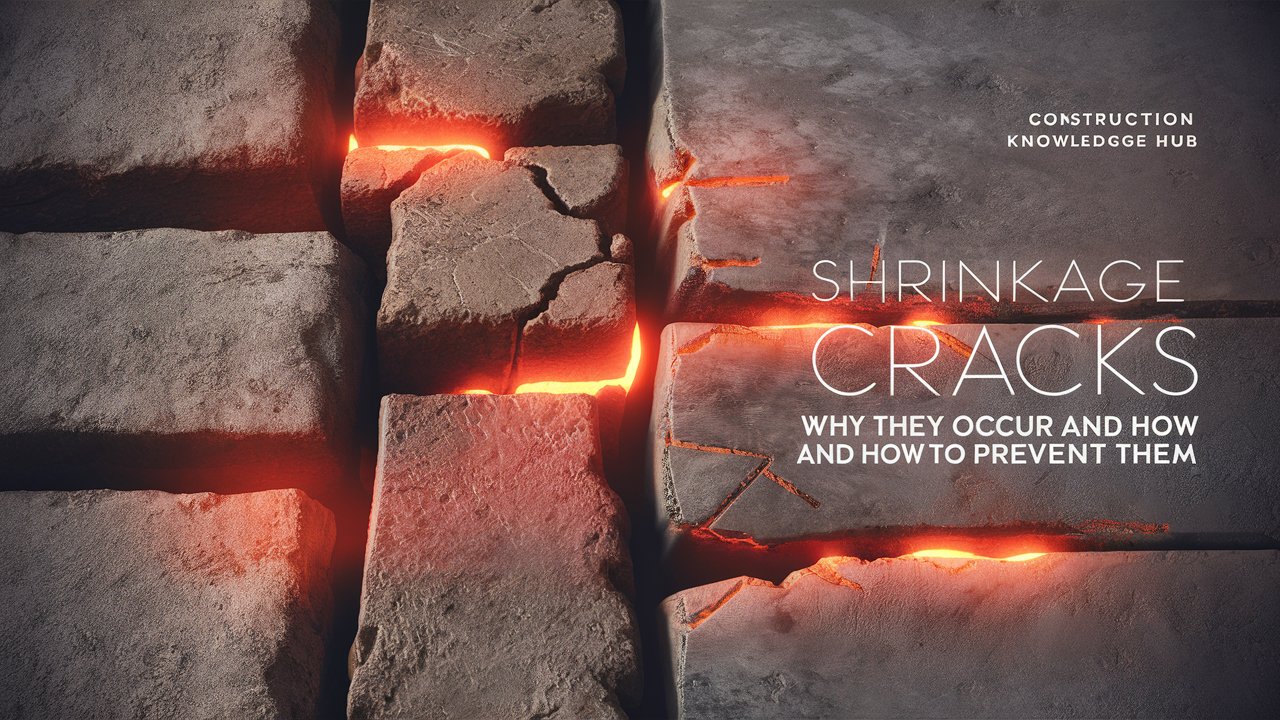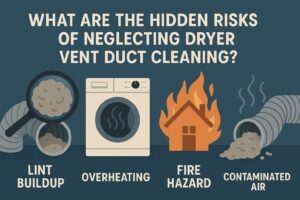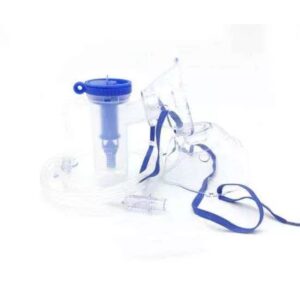Shrinkage Cracks in Concrete: Why They Occur and How to Prevent Them
Concrete is known for its durability, making it a preferred material for construction projects worldwide. However, even this reliable material isn’t immune to imperfections. Shrinkage cracks are a common issue that can compromise the aesthetics and, in some cases, the integrity of concrete structures. While they are often dismissed as minor, these cracks can lead to costly repairs if not addressed early. Understanding why shrinkage cracks occur and how to prevent them is essential for achieving long-lasting results.
For construction projects in urban areas like Battersea, ensuring concrete quality is non-negotiable. Partnering with a trusted provider can make all the difference in minimising such risks.
What Are Shrinkage Cracks?
Shrinkage cracks are fine cracks that develop in concrete during the curing process. They are caused by the reduction in volume as concrete loses moisture and hardens. While they don’t usually pose a structural threat, their presence can affect the appearance and surface performance of the concrete.
Causes of Shrinkage Cracks
Several factors contribute to the formation of shrinkage cracks. These include:
- Excess Water in the Mix: Too much water in the concrete mix weakens its structure and increases the likelihood of cracking as the water evaporates.
- Rapid Drying: When concrete loses moisture too quickly, shrinkage occurs unevenly, leading to cracking.
- Temperature Changes: Extreme temperature fluctuations can cause thermal shrinkage, adding stress to the concrete.
- Improper Curing: Neglecting proper curing techniques results in uneven moisture distribution, a key factor in crack formation.
- Subgrade Issues: An unstable or improperly prepared subgrade can lead to uneven settling, causing cracks.
Types of Shrinkage Cracks
Plastic Shrinkage Cracks
These occur when concrete is still in its plastic state, typically within the first few hours after pouring. They are caused by rapid moisture evaporation and appear as fine, shallow cracks on the surface.
Drying Shrinkage Cracks
As the concrete hardens and loses moisture, it shrinks, leading to deeper cracks that may develop weeks or even months after the concrete is placed.
Prevention Tips for Shrinkage Cracks
Shrinkage cracks are preventable with the right techniques and materials. Here’s how:
Use a Well-Designed Mix
A balanced concrete mix reduces the risk of shrinkage cracks. Avoid using excessive water; instead, opt for a water-reducing admixture. London Concrete Battersea providers can provide optimised mixes tailored to your project’s needs.
Implement Proper Curing Techniques
- Cover the concrete surface with wet burlap or plastic sheeting to retain moisture during the curing process.
- Use curing compounds to prevent rapid drying.
Minimise Rapid Drying
- Protect concrete from harsh weather conditions such as direct sunlight and strong winds.
- Apply an evaporation reducer to slow moisture loss.
Reinforce the Concrete
- Include steel reinforcements or fibres in the concrete mix to control cracking.
- Use control joints to channel shrinkage and reduce visible cracking.
Prepare a Stable Subgrade
Ensure the subgrade is well-compacted and properly levelled to prevent uneven settling.
Why Shrinkage Cracks Matter?
Although shrinkage cracks are often seen as minor, their long-term implications can’t be ignored.
- Structural Integrity: While not typically a threat to structural safety, shrinkage cracks can grow over time, weakening the concrete.
- Aesthetic Impact: Cracks detract from the visual appeal of concrete surfaces.
- Moisture Infiltration: Cracks can allow water to seep in, leading to freeze-thaw damage and corrosion of reinforcements.
- Costly Repairs: Ignoring shrinkage cracks may result in expensive remediation work later.
Role of Quality Concrete in Preventing Cracks
Investing in high-quality concrete is one of the most effective ways to minimise shrinkage cracks. A trusted supplier ensures the mix is designed to meet your project’s specific requirements, reducing the risk of issues during curing. Quality materials and expert advice from a reputable supplier can make a significant difference in your construction project’s success.
Monitoring and Addressing Shrinkage Cracks
Early Detection
- Regularly inspect concrete surfaces for signs of cracks during and after curing.
- Look for areas with uneven colouration or patterns, as these may indicate underlying cracks.
Repair Techniques
- Filling Small Cracks: Use a crack filler or sealant for minor cracks to prevent further damage.
- Injection Methods: For deeper cracks, epoxy injection can restore the integrity of the concrete.
- Resurfacing: In cases of widespread cracking, applying a concrete overlay can improve the appearance and performance of the surface.
The Sustainability Angle
Preventing shrinkage cracks also supports sustainability in construction. Reducing the need for repairs and replacements minimises resource consumption and waste. Additionally, working with eco-conscious suppliers like London Concrete Battersea aligns with environmentally responsible building practices.
Conclusion
Shrinkage cracks in concrete may be common, but they don’t have to be inevitable. Investing in durable, high-quality concrete ensures your projects not only stand the test of time but also maintain their aesthetic appeal. Protect your investment by focusing on prevention and partnering with experts who deliver results you can rely on.














Post Comment